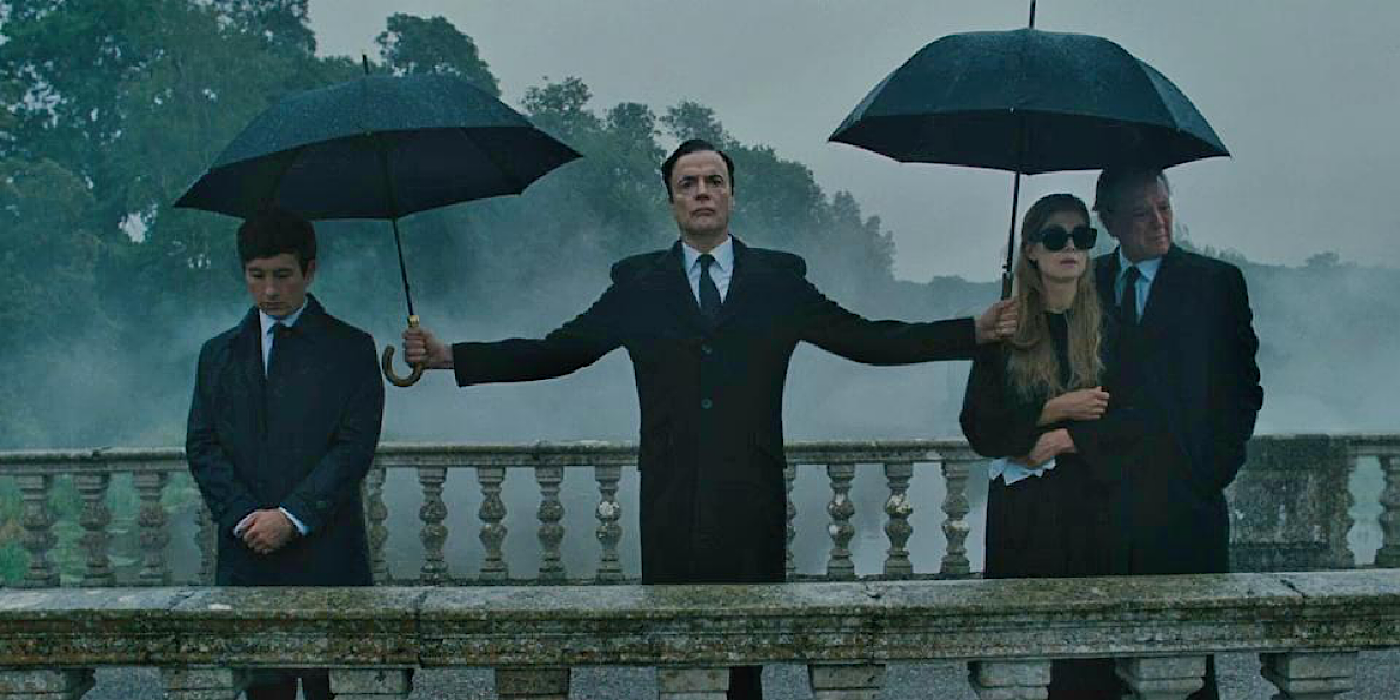This week’s reading in Film Art focuses on genre, highlighting specific conventions utilized in certain types of films and noting the common themes they express. The author discusses technical elements associated with particular genres, including lighting, types of shots or editing, and costuming, as well as typical narrative elements these stories might contain, including types of characters and sources of conflict. Four genres are deeply explored: the Western, the Horror Film, the Musical, and the Sports film. Others, including the Romance, the Drama, and the Thriller, are referenced. The chapter also discusses filmmakers combining conventions from multiple genres as a way to innovate cinema, creating something new that is more likely to shock spectators. One example of a familiar genre combination noted in the chapter is the “dramedy,” which brings comedic moments into an otherwise dramatic film. Though mixing genres is not a new concept (Singin’ in the Rain, for one, is a 1952 musical-comedy), filmmakers today continue to bring multi-genre works to the big screen, often combining more than two sets of conventions in their films.
One recent box-office success that embodies the concept of complex genre blending is Saltburn (2023). The director, Emerald Fennell, incorporates moments of comedy, drama, and psychological thrill with levels of disturbance that border on horror, resulting in a final film that repeatedly leaves spectators unsure of what to expect. The film takes place in a grand historic mansion bearing the same name as the film’s title. The property’s isolated nature combined with the home’s maze-like interior, adorned in ancient family relics, provides a setting similar to the haunted house convention present in the horror genre. The film’s innovative narrative arch, however, better matches what would be found in a thriller.

For a majority of the film, which characters are “good” and “bad” is not blatantly obvious, and neither is the film’s primary conflict. Fennell spends a lot of time misleading the audience, only to reveal at the end the reality of how the film’s events unfolded. Spectators are made to feel uncomfortable (rather than the fear or disgust they would experience in a horror film), and in the same sense the film’s protagonist, Oliver, tricks the rest of the Catton family, Fennell dupes the viewers.

The film also features moments of deep emotion, such as the moments surrounding Felix’s and Venetia’s deaths, where an intense score evokes feelings of sadness, dissimilar from the anxiety induced by death in a horror or thriller.

Finally, the film’s dialogue, as well as some of the more eccentric members of its cast, serve a comedic purpose, intending to humor audiences while also satirizing extreme wealth. The characters of Elspeth and Pamela come across as particularly comical to viewers, delivering lines with a serious demeanor. All in all, Fennell’s combination of various genre conventions succeeded in creating a film that was innovative and stood out to audiences at the time of its release.
This week’s screening, Nope (2022), premiered at a similar time as Saltburn, and as I watch, I am curious to note similarities and differences in the types of conventions each director pulled from various genres to create a film that shocks its audience.